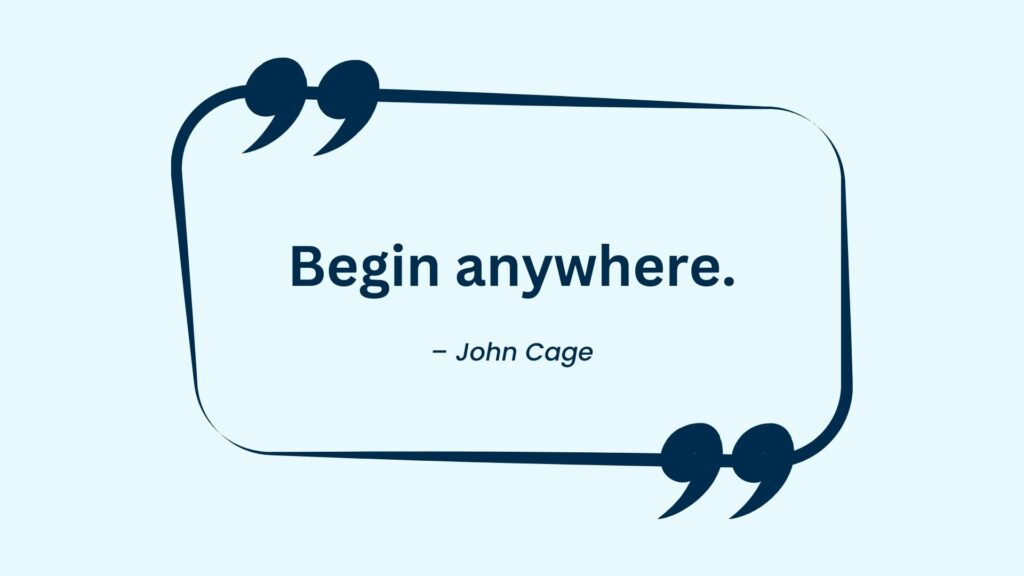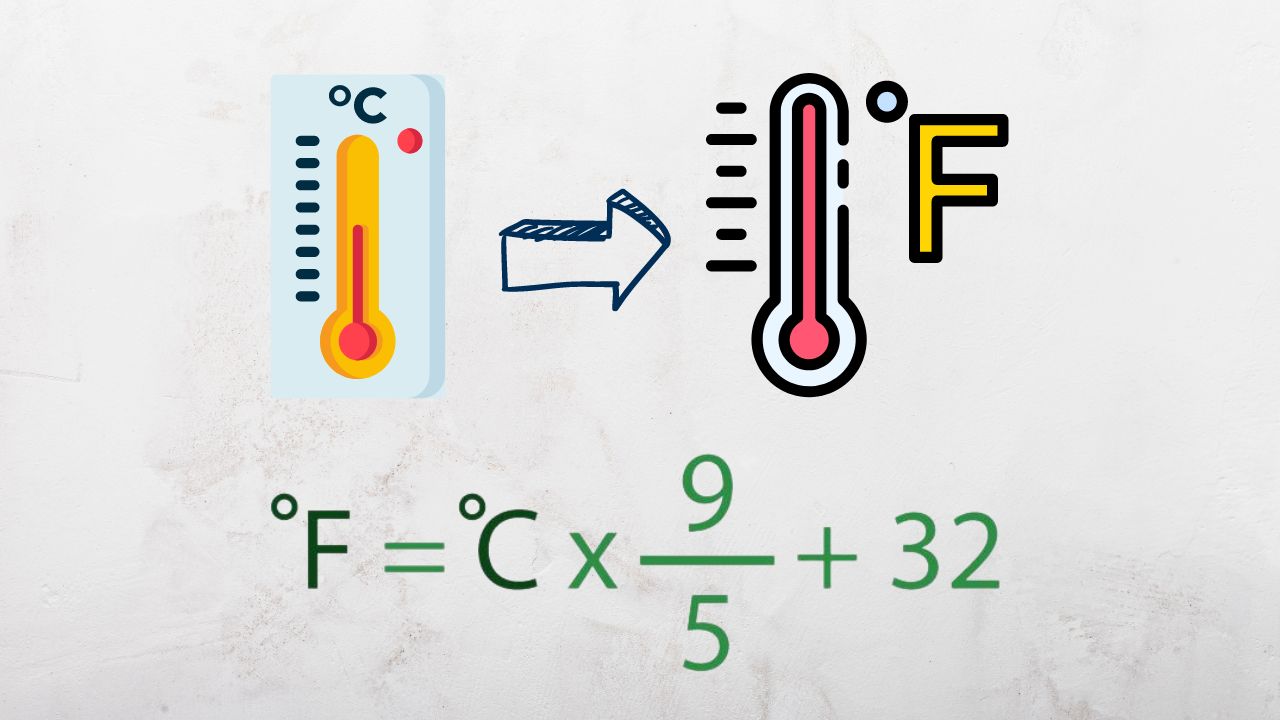Table of Contents [hide]
Are you struggling to make sense of Celsius temperature measurements? Perhaps you’re more familiar with Fahrenheit, but can’t quite figure out the conversion process. Don’t worry, you’re not alone! Converting Celsius to Fahrenheit may seem intimidating at first, but it’s actually quite simple once you know the formula. In this step-by-step guide, we’ll walk you through everything you need to know about converting Celsius to Fahrenheit and provide some tips and tricks along the way. From now on, understanding temperature readings will be a breeze!
Celsius and Fahrenheit
Celsius and Fahrenheit are two temperature scales used around the world. The Celsius scale, also known as the centigrade scale, was invented by Anders Celsius in 1742. It is based on the freezing point of water being defined as 0 degrees and its boiling point at sea level as 100 degrees.
In contrast, Fahrenheit was created by Daniel Gabriel Fahrenheit in 1724. It sets the freezing point of water at 32 degrees and its boiling point at sea level at 212 degrees.
While both scales measure temperature, they have a different starting point and degree interval size. As a result, converting between them can be confusing without knowing the proper formula.
Celsius is commonly used in scientific applications worldwide while Fahrenheit is widely used within the United States for everyday purposes such as weather forecasts or cooking temperatures.
Regardless of which system you use or where you are located though, it’s important to understand how to convert between them to avoid any misunderstandings or confusion when interpreting temperature readings!
How to Convert Celsius to Fahrenheit
Celsius and Fahrenheit are two units of measurement used to indicate temperature. While Celsius is a commonly used metric system unit, Fahrenheit is mostly used in the United States and some other countries. If you come across a temperature reading in Celsius but need it in Fahrenheit, then you will have to convert it.
The Formula for converting Celsius to Fahrenheit can be easily memorized: F = (C x 1.8) + 32. This formula means that you multiply the temperature value in Celsius by 1.8, then add 32 to get the equivalent temperature value in Fahrenheit.
To use this formula, simply take note of the original Celsius reading and insert it into your equation using a calculator or manually with pen and paper if needed. The resulting number would be your answer indicating what that same measurement would be on the Fahrenheit scale.
It’s essential to remember that precision matters while converting temperatures between these scales because even small differences matter when comparing measurements from different sources or contexts. Therefore, ensure accuracy by double-checking your calculations before proceeding any further.
By following these simple steps mentioned above, anyone can easily convert temperatures between Celsius and Fahrenheit without much difficulty!
The Formula
Now that you have learned how to convert Celsius to Fahrenheit, it’s important to remember the formula:
°F = (°C x 1.8) + 32
This simple equation will allow you to quickly and accurately convert temperatures from Celsius to Fahrenheit in no time.
The formula to convert Celsius to Fahrenheit is pretty straightforward. You simply need to multiply the temperature in Celsius by 1.8 and then add 32.
For example, let’s say you want to convert a temperature of 20 degrees Celsius into Fahrenheit. First, you would multiply 20 by 1.8, which gives you 36. Then, you would add 32 to that result, giving you a final answer of 68 degrees Fahrenheit.
It’s important to note that this formula works both ways – if you wanted to convert from Fahrenheit back to Celsius, you would use the opposite formula: subtract 32 from the temperature in Fahrenheit and then divide by 1.8.
While this may seem like simple math for some people, it can be incredibly helpful for those traveling internationally or studying science where different units of measurement are used. Plus, knowing how to easily convert between these two common temperature scales can make your life just a little bit easier!

Tips and Tricks
When it comes to converting Celsius to Fahrenheit, there are a few tips and tricks that could come in handy. Firstly, if you’re dealing with negative Celsius temperatures, keep in mind that the Fahrenheit equivalent will be even more negative. So for example, -10°C is equal to 14°F.
Another tip to remember is that while the formula may seem daunting at first glance, breaking it down into smaller parts can make it easier to understand and use. For instance, subtracting 32 from your Celsius temperature is essentially finding out what its equivalent would be on the Fahrenheit scale if it were measured from absolute zero (-273.15°C).
If you need a quick conversion without having to do any math yourself, there are plenty of online converters available for free. Simply plug in your Celsius temperature and voila! You’ll have its Fahrenheit counterpart.
When working with rounded numbers (such as 20°C), don’t forget that small decimals can have a big impact on the final result – rounding up or down too early could lead to an inaccurate conversion!
By keeping these tips and tricks in mind when converting Celsius to Fahrenheit, you’ll be able to tackle any temperature-related task with ease!
Read Also: How to productively procrastinate
Conclusion
To conclude, converting Celsius to Fahrenheit is a simple process that can be done by following the formula and using some helpful tips and tricks. It’s important to keep in mind that while these temperature scales may seem interchangeable, they are actually quite different in terms of their units and zero points.
Whether you’re traveling abroad or simply trying to understand the weather forecast, knowing how to convert Celsius to Fahrenheit can come in handy. By using our step-by-step guide and utilizing available resources like online conversion calculators, you’ll be able to make accurate conversions with ease.
Remember that practice makes perfect when it comes to mastering this skill. With a little bit of effort and repetition, you’ll soon find yourself converting temperatures like a pro!







